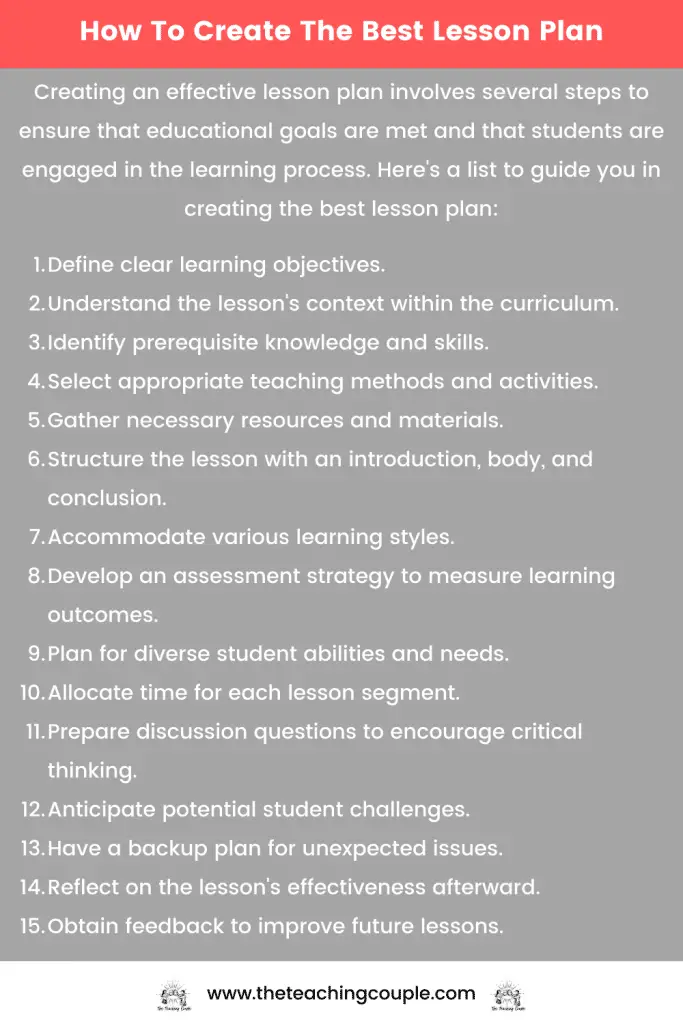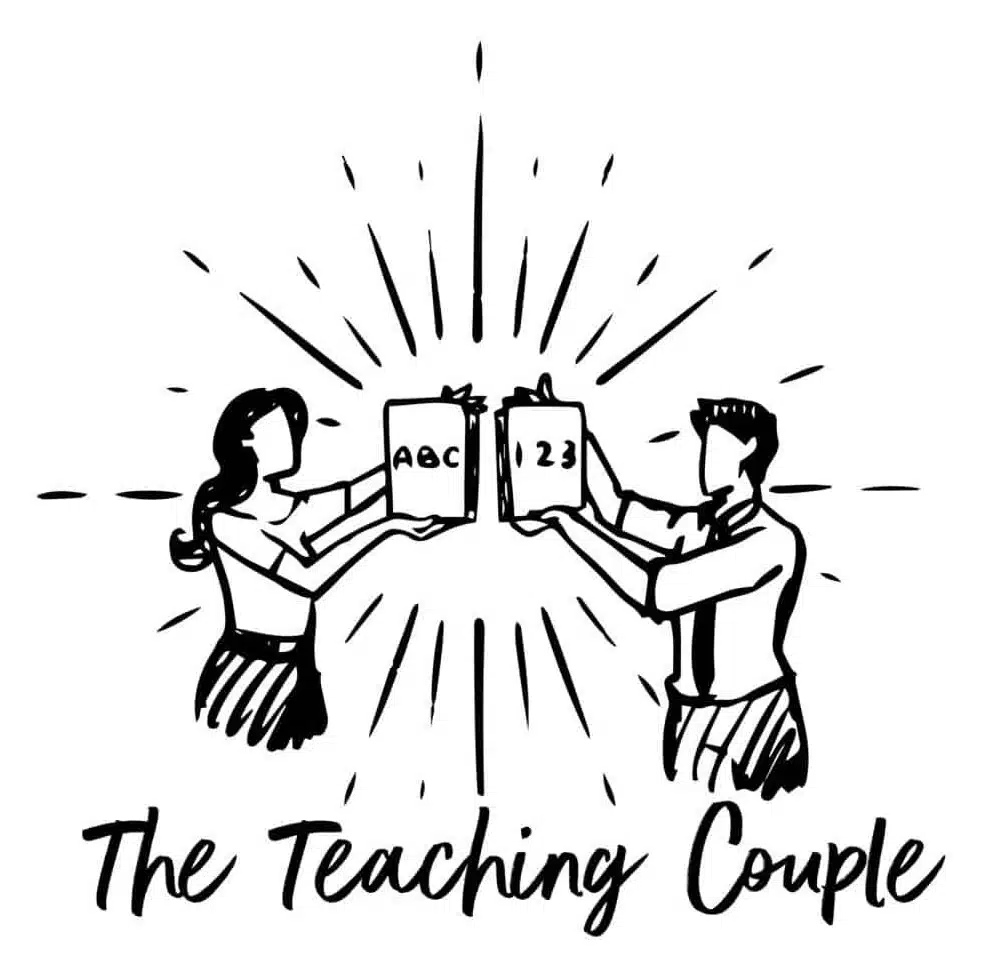Teaching free verse poetry offers a unique opportunity to explore artistic expression without the constraints of traditional poetic forms. Unlike sonnets or haikus, which adhere to specific meter and rhyme schemes, free verse gives poets the freedom to craft their verses as they see fit.
This form of poetry, prevalent in contemporary works, mirrors natural speech patterns and allows for a diverse range of rhythm and sound.
It’s an excellent way for students to experiment with language and express themselves in a form that is more reflective of their own voices.
Related: For more, check out our article on How To Teach Limerick Poetry here.

Free verse poetry requires a different teaching approach, focusing not on the rules, but rather on the absence of them. Teachers need to guide students to appreciate the nuanced elements that make free verse stand out, such as deliberate line breaks, rhythm, and powerful imagery.
By exploring examples of free verse, students can identify the techniques used to create impact and emotion.
Through various activities ranging from reading to writing their own free verse poems, they can develop a deeper understanding of this flexible poetic form and how it can be used to convey meaning in unconventional ways.
Key Takeaways
- Free verse poetry allows for personal expression beyond traditional poetic confines.
- Effective teaching of free verse focuses on its elements and their impact.
- Example analysis and creative exercises enhance understanding of free verse.
Related: For more, check out our article on The Best Poetry Books For Teachers here.
Understanding Free Verse Poetry

When teaching free verse poetry, it’s essential to clarify its distinct characteristics, explore its rich historical background, and understand the flexibility of its form and structure.
Defining Free Verse
Free verse poetry can be identified by its lack of a consistent metre and rhyme scheme. This form of poetry flows more naturally, mimicking the rhythms of speech rather than following a strict metrical pattern. Often, it captures a more organic expression of ideas, emotions, and narratives.
Historical Context
The emergence of free verse can be traced to the 19th century with influential poets such as Walt Whitman, who is often credited with popularising this style. Following Whitman’s innovation, the early 20th century saw poets like T.S. Eliot and Ezra Pound embracing and evolving the form, influenced by the French “vers libre”.
Form and Structure
Unlike traditional forms, a free verse poem does not have a set structure and instead relies on poetic techniques like irregular line lengths, strategic pauses, and enjambment to create meaning and rhythm. This freedom allows poets to craft their work in a way that’s deeply personal and reflective of their unique voice.
Elements of Free Verse
In free verse poetry, certain elements are crucial for conveying the poet’s message and creating the desired impact. Attention to line breaks, rhythm and meter, and literary devices shapes the essence of free verse.
Line Breaks and Punctuation
Free verse poems often utilise deliberate line breaks to introduce emphasis, pause, or a change in the pace of the poem. The absence of a formal rhyme scheme gives poets the freedom to break lines at will, using the natural rhythm of the language.
Punctuation in free verse varies; it may follow the conventional grammar rules to guide the reader through the text, or it may defy them to create unexpected pauses, and thus meanings.
Related: For more, check out our article on How To Teach Haiku Poetry here.
Rhythm and Meter
Although free verse does not adhere to traditional meter, it typically employs a cadence that echoes the patterns of natural speech. This rhythm in free verse is crucial—it gives the poem flow and can elicit responses from the reader based on the sound and timing of words.
Poets carefully choose words and structure lines to introduce the rhythm that best suits the theme and tone of the poem.
Use of Literary Devices
The use of literary devices such as metaphors, simile, personification, and imagery remains a pivotal aspect of free verse. These devices add depth and evoke emotions, creating connections between the reader and the text.
Free verse relies heavily on the nuanced use of language, and these devices are instrumental in expressing complex ideas in a palpable manner. Sounds and word choice are crafted to generate resonance and to stir the reader’s imagination, making every word count.
Related: For more, check out our article on Poetry Rhyming Schemes here.
Teaching Techniques for Free Verse Poetry
Effective teaching of free verse poetry hinges on meticulous lesson planning, nurturing pupils’ creative expression, and leveraging a variety of educational resources. Each technique is a critical component in guiding students through the intriguing landscape of free verse.
Lesson Planning
Lesson planning for free verse poetry should include a clear objective and structured activities that allow for flexibility and student exploration. Teachers might start with an introduction to what free verse is, highlighting its lack of a fixed meter or rhyme scheme, and contrast it with traditional forms of poetry.
A thoughtful plan often involves examining well-chosen examples of free verse poetry to illustrate its characteristics—you might utilise a selection from “The Poet Slave” for this purpose. Ensuring lessons build progressively from reading to analysis, and then to writing, helps students scaffold their understanding effectively.

Encouraging Creative Expression
To foster creative expression, educators should encourage students to explore their own thoughts and experiences as fodder for their poems. Free verse poetry excels in allowing students individuality in expression, as no rigid rules are constraining their choices.
Teachers can prompt discussion and brainstorming sessions, where students share ideas or themes they feel passionate about. This freedom can lead them to create their own unique pieces that behold personal significance and artistic merit.
Utilising Teaching Resources
Capitalising on a variety of teaching resources can enhance the learning experience when it comes to free verse poetry. Materials such as the “Free Verse Poetry KS2 Teaching Pack” offer structured activities that can be adapted to suit different learning environments.
Classroom resources might also include creative writing aids, poetry collections, and interactive activities that engage students in the composition process.
Teachers can benefit from using both digital and print resources to cater to diverse learning preferences, ensuring a rich and supportive environment for students to develop their poetic skills.
Exploring Free Verse Poetry Through Examples
Using specific examples to analyse free verse poetry provides invaluable insights into its unique form and encourages students to create their own pieces with confidence. Engaging with notable poems and participating in writing workshops are key to grasping the liberty and innovation that free verse offers.
Analysis of Notable Poems
Examining the work of giants in poetry, such as Walt Whitman, reveals the core characteristics of free verse. Whitman’s pioneering free verse poems often reflect a cadence resembling natural speech, rather than following traditional metrical structures.
For instance, his magnum opus, Leaves of Grass, demonstrates free verse by utilising a non-structured flow that mimics the oratory of the American spirit.
Teachers can utilise tables to compare and contrast the different techniques used in free verse poems:
| Poem | Features of Free Verse |
|---|---|
| Leaves of Grass | Free-flowing lines, absence of traditional rhyme scheme, reflects natural speech |
| The Red Wheelbarrow | Relies on visual imagery, unusual breaks in lines, minimalistic |
| After the Sea-Ship | Uses repetition, rhythm is flexible, conveys a strong sense of motion |
By dissecting these examples, students can understand that free verse poems do not conform to conventional rhyme schemes or metres, yet they can contain patterns and rhythms that are intentional and noteworthy.
Writing Workshop: Crafting a Free Verse Poem
In a writing workshop, students should be encouraged to explore their individual voices and themes. They might begin by writing a few lines about a personal experience or observation, focusing on conveying emotion or painting a picture with words.
Students can create their own free verse poem by:
- Choosing a subject that resonates with them personally.
- Experimenting with line breaks to add emphasis or create rhythm.
- Using bold or italic to highlight particular words or phrases for impact.
During the workshop, it’s beneficial for peers to share their work, providing feedback that recognises the freedom of expression inherent in free verse. The emphasis should be on the uniqueness of each piece, rather than adherence to any strict poetic form.
Additional Resources and Activities

When teaching free verse poetry, educators have a plethora of resources and lesson plans at their disposal. An effective way to introduce students to free verse is through the Education.com platform which offers a comprehensive library of resources, from worksheets to interactive activities.
For a more structured learning experience, the IXL Official Site offers families a program with comprehensive coverage designed to enhance a child’s academic potential.
Teachers who are looking for a complete teaching pack can consider the Free Verse Poetry KS2 Teaching Pack from Twinkl. This resource includes a robust set of materials, including:
- A detailed PowerPoint presentation
- Examples of free verse poetry
- Activities that encourage poetic analysis
Furthermore, to address common misconceptions and present well-known examples of the form, educators might use resources such as the Introduction to Free Verse Poems Lesson Pack by Beyond. It offers:
- Clarification on what free verse entails
- Examination of Walt Whitman’s “A Noiseless Patient Spider”
Lastly, incorporating activities that encourage students to write their own free verse poetry will help solidify their understanding and appreciation of the form. Students may benefit from peer-review sessions, where they share and discuss each other’s work, fostering a collaborative learning environment.

